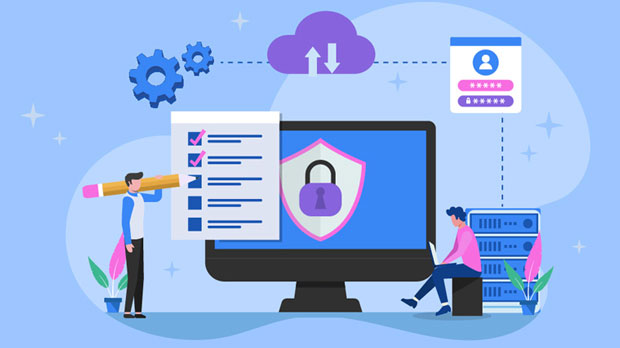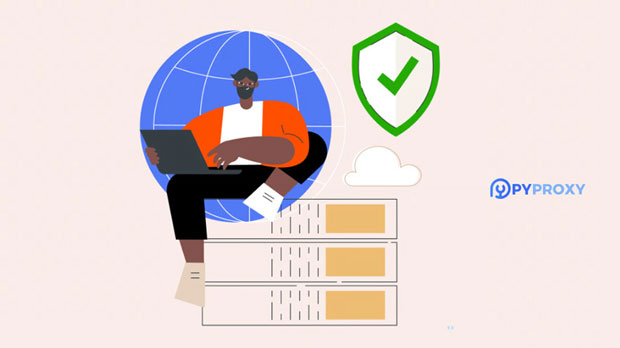In today’s digital age, accessing websites like YouTube, Netflix, and Facebook from different regions or bypassing certain network restrictions is a common necessity. Proxy sites provide an easy and effective solution for users who want to maintain their privacy, secure their internet traffic, or access content that is geographically restricted. Proxy sites work by acting as intermediaries between the user and the destination website, ensuring anonymity and unblocking regional content. In this article, we will explore the best proxy sites for accessing popular platforms such as YouTube, Netflix, and Facebook, detailing their benefits, features, and how they work. Understanding Proxy SitesA proxy site essentially acts as a gateway between the user and the web server. When you visit a website using a proxy, the proxy server makes the request to the website on your behalf and sends the content back to you. This hides your real IP address and location, enabling users to browse websites and access content that might otherwise be restricted based on geographic or governmental barriers.For users looking to access YouTube, Netflix, or Facebook, proxies offer an effective way to unlock these platforms in regions where they may be restricted or censored. In addition to bypassing geographic restrictions, proxies can enhance online security and privacy by masking personal information and protecting against data leaks.Why Use Proxy Sites for YouTube, Netflix, and Facebook?The need for proxy sites arises due to multiple reasons:1. Geographic Restrictions: Certain content on YouTube, Netflix, and Facebook is only available in specific regions. For instance, a popular Netflix show may only be available in the U.S. or the U.K. To access this content from a different country, a proxy can make it appear as though the user is accessing the service from a region where the content is available.2. Privacy and Anonymity: Proxies hide users’ IP addresses, which can be vital for maintaining online anonymity. In many countries, governments monitor online activities, and proxies help avoid tracking, ensuring privacy.3. Bypass Censorship: Many countries impose censorship on internet access, blocking websites like YouTube, Netflix, and Facebook. Using proxy sites can help users bypass such restrictions and freely access these platforms.4. Improved Security: Proxies can help secure online activities by encrypting web traffic and preventing third parties from monitoring users’ browsing activities. Types of Proxy SitesNot all proxies are the same. Depending on the level of security and features needed, users can choose from a variety of proxy types:1. HTTP Proxy: These proxies only route web traffic, making them suitable for browsing websites like YouTube or Facebook. They are typically fast and easy to use but don’t provide the highest level of encryption or security.2. HTTPS Proxy: This type is similar to HTTP proxies but adds an extra layer of encryption. It is ideal for users who need both privacy and secure access to websites.3. SOCKS Proxy: SOCKS proxies offer a more versatile service. They can handle different types of traffic, including websites, torrents, and games. They provide more anonymity and are suitable for accessing restricted content on platforms like Netflix and YouTube.4. residential proxy: These proxies are less likely to be detected or blocked by websites because they route traffic through actual residential IP addresses. They are often used for high-level anonymity and are ideal for unblocking Netflix or YouTube from regions with strict geo-restrictions.How Proxy Sites Help in Accessing YouTubeYouTube is one of the most popular video platforms globally, but access to certain videos can be restricted depending on the country. YouTube uses geographic location data to determine which content is available for users in different regions.Using proxy sites, users can change their IP addresses to those of a different region where the content is accessible. For example, if a user is located in a country where a particular video is blocked, they can use a proxy server located in the U.S. to access that content.Proxies also help to avoid throttling of internet speeds when watching videos on YouTube. Sometimes, internet service providers intentionally limit users' connection speeds for certain websites. With proxies, users can mask their real IP addresses, making it more difficult for ISPs to throttle video streaming speeds.How Proxy Sites Help in Accessing NetflixNetflix is known for implementing strict geographic restrictions based on IP addresses. Each country has a different selection of movies, TV shows, and documentaries available. Many users seek to access content that is exclusive to another region, such as the U.S. Netflix library, by using proxy servers.By using a proxy, users can make it appear as though they are located in a country where the desired content is available. The proxy will route traffic through a server located in that region, allowing access to the full content catalog. However, it's important to note that Netflix has become more adept at detecting and blocking proxies. Therefore, users need to select high-quality proxy services that can bypass Netflix’s detection systems.How Proxy Sites Help in Accessing FacebookFacebook, along with other social media platforms, is often blocked in certain countries due to governmental censorship or regulatory restrictions. In such cases, proxy sites can help users regain access to the platform.By using a proxy server, users can make it appear as though they are accessing Facebook from a different country, bypassing any government-imposed restrictions. Proxies also allow users to avoid any surveillance that may be in place in countries with stringent online monitoring policies.Furthermore, proxies provide users with an added layer of security when browsing Facebook. With the increasing number of cyber-attacks, using a proxy server ensures that personal information shared on Facebook remains safe from hackers.Choosing the Best Proxy Sites for YouTube, Netflix, and FacebookWhen selecting a proxy site to access YouTube, Netflix, or Facebook, there are several factors to consider:1. Speed: High-quality proxy servers provide fast internet connections that allow users to stream videos and browse social media without noticeable delays. Make sure the proxy provider offers fast and reliable servers.2. Security: Opt for a proxy service that uses HTTPS or other secure protocols to encrypt your internet traffic, ensuring your data remains private.3. Reliability: Some proxy sites may not be able to bypass the advanced blocking mechanisms used by websites like Netflix or YouTube. Choose a provider that frequently updates its servers to avoid detection.4. Customer Support: Reliable customer support is essential for troubleshooting any issues that may arise while using the proxy. Check if the provider offers 24/7 customer service.Proxy sites are valuable tools for accessing YouTube, Netflix, and Facebook from regions with content restrictions or censorship. By using a proxy, users can enjoy a greater level of privacy, access geo-blocked content, and protect their personal information. However, it is essential to choose a reliable and secure proxy service to ensure a seamless and safe browsing experience. As internet censorship and restrictions continue to grow, proxy sites will remain a crucial tool for users around the world seeking to bypass barriers and enjoy the internet without limitations.
Mar 20, 2025
![arrow]()




























































